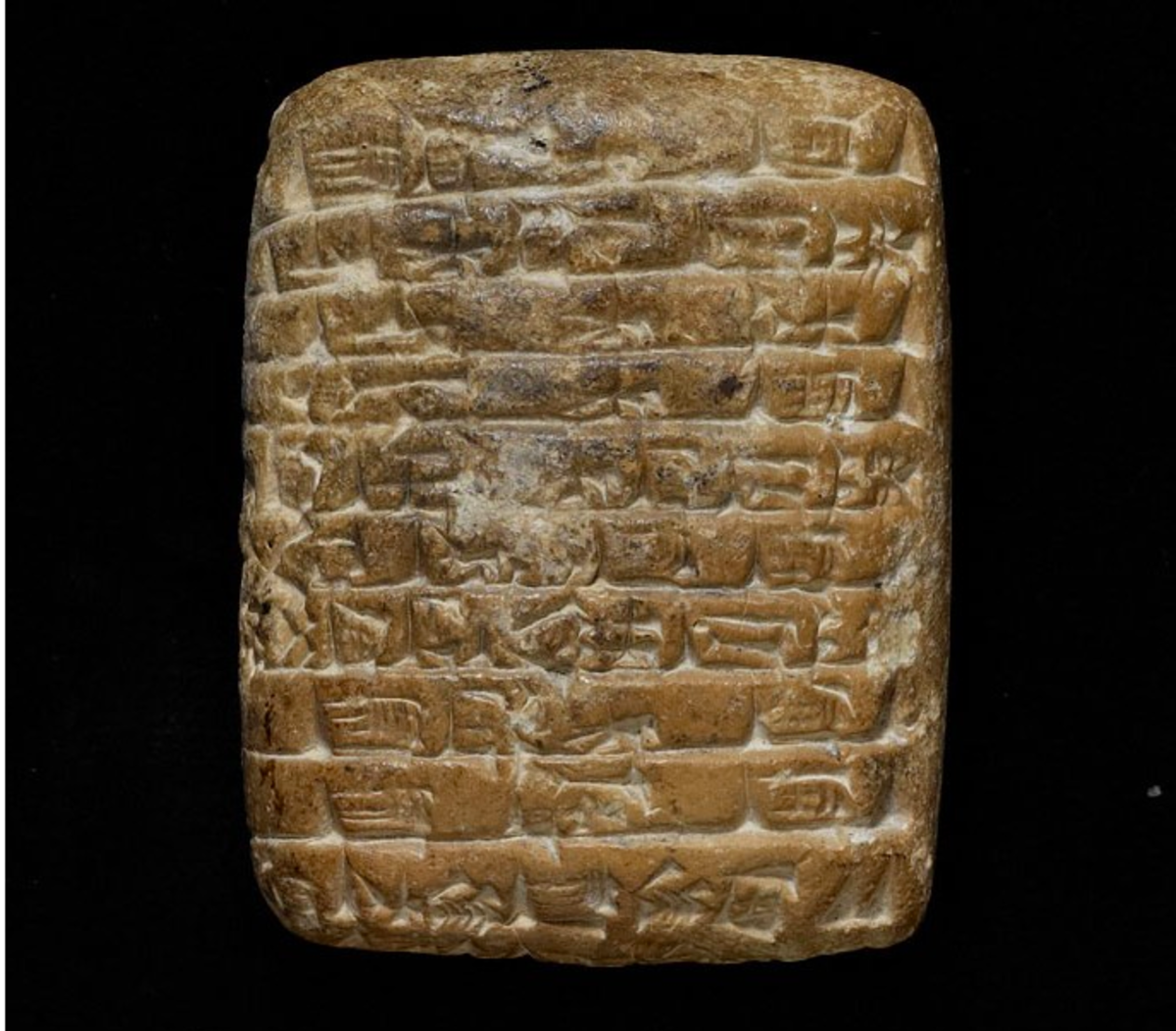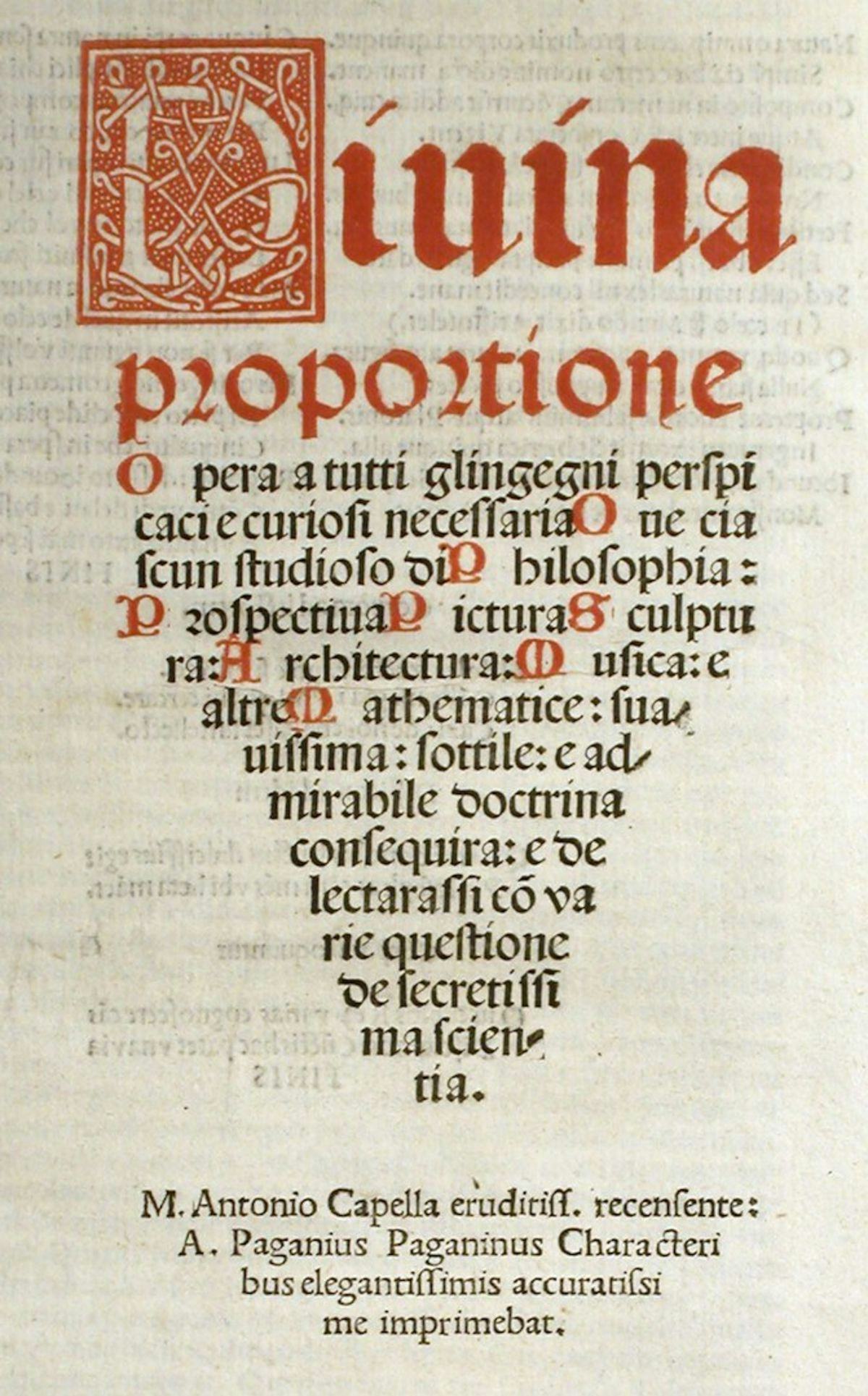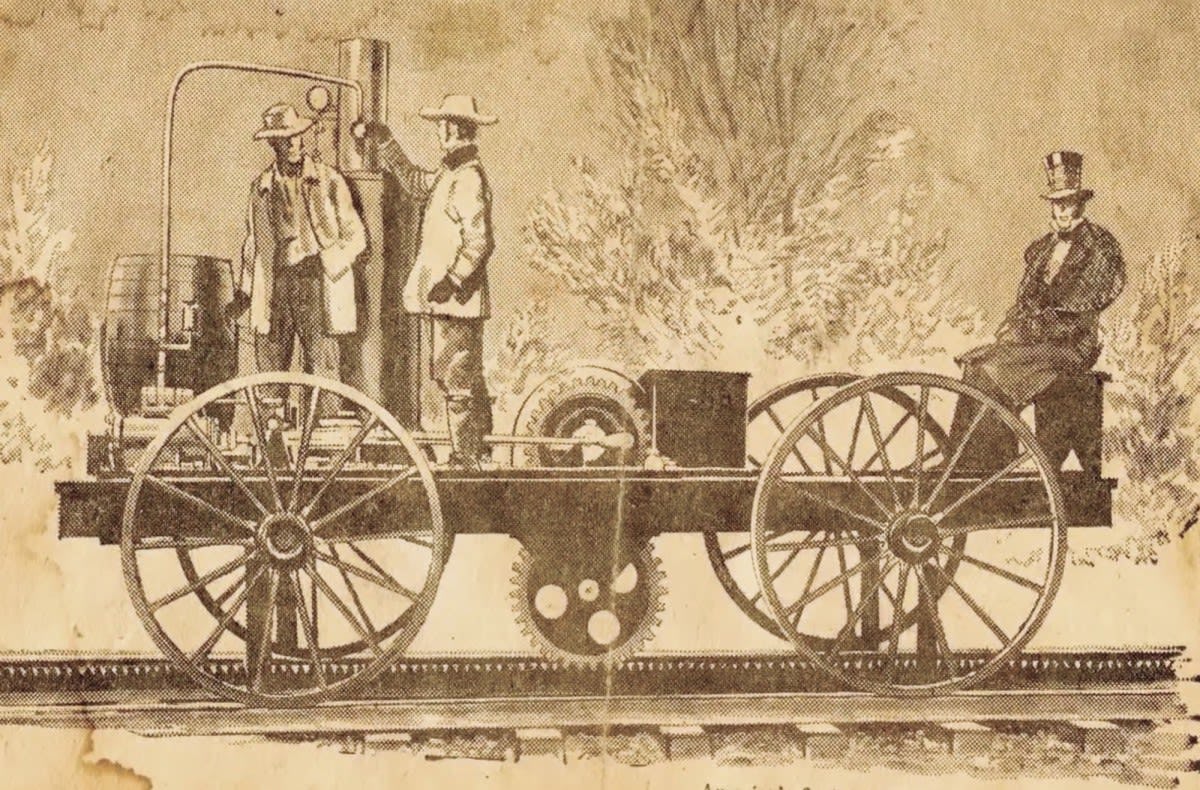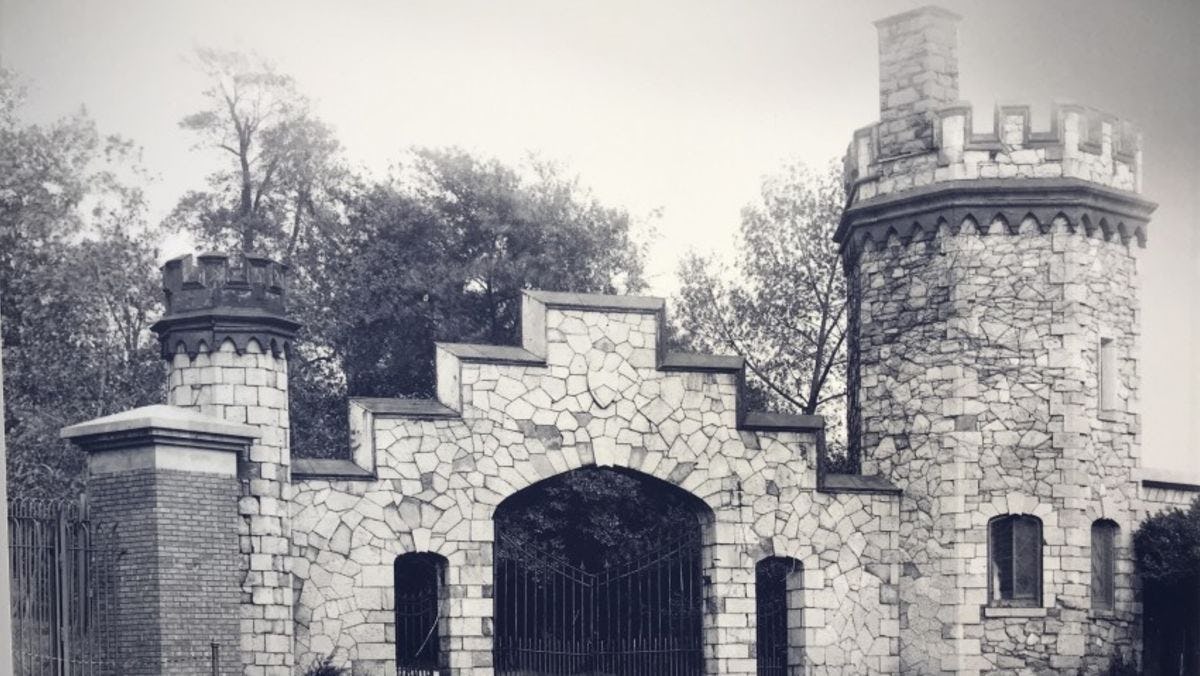by Linda Beninghove, Library Director & Leah Loscutoff, Head of Archives and Special Collections
As Stevens continues to operate remotely, the Samuel C. Williams Library continues to serve the community remotely, as well.
Librarians remain available for research help via chat from the library's home page 9 a.m. through 5 p.m. weekdays; online journals and ebooks remain available 24/7; and formatting review of theses and dissertations continues to be available. There will even be a virtual lecture on Stevens history from its founding through the 1970s on Wednesday, April 29 at 4 p.m. Look for upcoming registration information on the Library website.
As we work from home, the library’s Archives & Special Collections offer a wonderful variety of digital collections and exhibits for your enjoyment.Here's a sampling of the art, artifacts and ephemera in our special collections viewable online:
The da Vinci collection. This rare collection of books, prints and facsimiles related to the great artist and Renaissance man traces back to the generosity of Stevens graduate John Lieb (Class of 1880), who began collecting while in Italy on business. The centerpiece is undoubtedly the 1509 Divina Proportione by Luca Pacioli, the mathematician who tutored da Vinci. Leonardo drew the ornate geometrical woodcut illustrations in the book, the only artwork to appear in print during his lifetime. The Archives & Special Collections staff also recently created a coloring book featuring images from the Divina Proportione and other items from the John W. Lieb Memorial Collection. It can be downloaded here.
Items from the Babylonian cuneiform collection. Stevens President Alexander Humphreys purchased and later donated a remarkable collection of ancient clay tablets, in honor of founding President Henry Morton, who was an authority on hieroglyphic languages and helped translate sections of the Rosetta Stone during the mid 19th century. There are several examples of these cuneiform tablets, which date from roughly 2350-2100 B.C.E., available in the digital collections.
Two artworks by Alexander Calder. The famed artist, who created the art form known as the mobile, graduated in 1919 and received worldwide acclaim for his whimsical, yet mechanically sound, works. Several pieces reside in the library.
The Stevens Family Collection. The library's holdings include manuscripts, correspondence and photographs documenting the university's founding Stevens family, as well as furniture pieces and paintings once owned by the family. Many of the items are displayed permanently in the Mary Stuart Stevens Baird room on the first floor of the library, but you may also visit a collection of digitized Stevens family images online.
The Frederick Winslow Taylor Collection. Taylor (Stevens Class of 1883) was the inventor and engineer who pioneered the application of engineering principles and time study to production and shop management. Scientific management, as it was termed, is still utilized in industry and remains much-debated. The Taylor digital collection represents a sampling of the much larger physical collection housed in the Library, and consists of personal and work-related correspondence, including communications with firms interested in implementing scientific management and rough drafts of his major publications.
The USS Monitor Drawings. In 1871, Charles W. MacCord was selected to organize and lead the Department of Mechanical Drawing at Stevens. Previously he had worked with Captain John Ericsson on plans for the first turreted ironclad warship, the USS Monitor, during the American Civil War. The Monitor played a central role in the Battle of Hampton Roads (also known as the Battle of the Monitor and the Merrimack) in 1862, one of the most important naval battles of the war and the first between two ironclad warships. Professor MacCord would lead the department until 1906, then become a Professor Emeritus, a position he held until his death in 1915. These drawings were gifted to Stevens in 1944, and in 2014 were digitized with the help of Rutgers University.
Complementing the special collections, the University Archives encompass administrative and historical records of Stevens, including those of students, staff, faculty, alumni and trustees.
These materials provide invaluable context for the history of the university, including its schools, community members, activities and broader impact, since its founding in 1870. Some of the archival projects and collections available online include:
The Voices of Castle Point oral history collection. We have been collecting oral histories from alumni and staff for the Voices of Castle Point project. Collecting and sharing these stories provides a glimpse into the past and serves to preserve the richness and diversity of our community. (If you are interested in participating or know someone who is, please .)
The Stute collection (1904-2009). Since 1904, The Stute has served as the student newspaper for Stevens Institute of Technology documenting campus life and the history of the university from a variety of perspectives. Most issues of our student newspaper are available to read and download through our digital collections page.
The Stevens Life (1890-1899). The Stevens Life was a short-lived student publication first published in spring 1890 by members of the classes of 1892 and 1893; it was devoted to campus news, literary expression, sporting events coverage, and other items of interest to the student body until its discontinuation in 1899 and has been digitized.
We look forward to the day when we once again welcome students, faculty and staff to visit the library in person. Until then, please enjoy our virtual collections, visit the digital collections home page, visit our social media channel — and stay safe.






